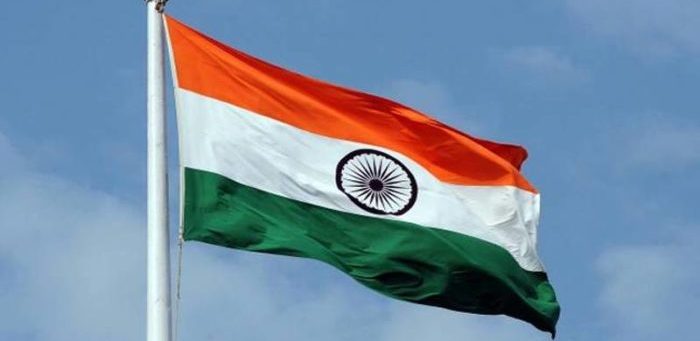India informed that is major ports have achieved a growth of 4.83%. Namely, altogether the ports handled 461.21 million tonnes of cargo during the period for April to November, 2018.
The 461.21 million tonnes handling compares to the 439.96 million tonnes handled during April to November, 2017.
Namely, for the aforementioned period, nine ports have reported positive growth in traffic:
- Kolkata (incl. Haldia);
- Paradip;
- Visakhapatnam;
- Kamarajar;
- Chennai;
- Cochin;
- New Mangalore;
- JNP;
- Deendayal.
[smlsubform prepend=”GET THE SAFETY4SEA IN YOUR INBOX!” showname=false emailtxt=”” emailholder=”Enter your email address” showsubmit=true submittxt=”Submit” jsthanks=false thankyou=”Thank you for subscribing to our mailing list”]
As for the cargo traffic handled at major ports, the highest growth was recorded at Kamarajar Port (20.15%), followed by Cochin (11.73%), Paradip (9.73%), Kolkata [inc. Haldia] (8.52%) and Deendayal ( 7.37%).
Kamarajar Port’s growth was mainly due to increase in traffic of container (19.8%), other liquids(16.42%), thermal & steam coal (10.71%) and POL (9.24%).
What is more, from April to November 2018, Deendayal Port handled the highest volume of traffic, 77.33 million tonnes (16.77% share), followed by Paradip with 71.30 million tonnes (15.46% share), JNPT with 46.40 million tonnes (10.06% share), Visakhapatnam with 43.03 million tonnes (9.33% share) and Mumbai with 40.32 million tonnes (8.74%). Altogether, these ports handled around 60.36% of major port traffic.
As for the commodity percentage share of POL, this was maximum i.e. 33.40%, followed by:
- Container (20.71%);
- Thermal & steam coal (15.09%);
- Other misc. cargo (10.64%);
- Coking & other coal (8.13%);
- Iron ore & pellets (5.65%);
- Other liquid (4.25%);
- Finished fertilizer (1.18%);
- Fertilizer raw materials (FRM) (0.95%).




























































